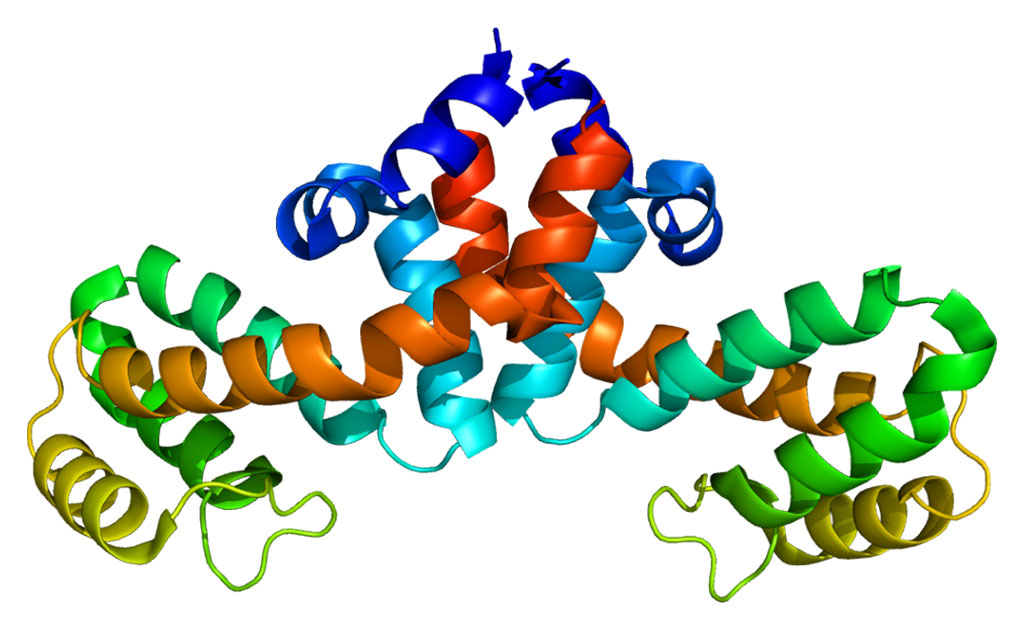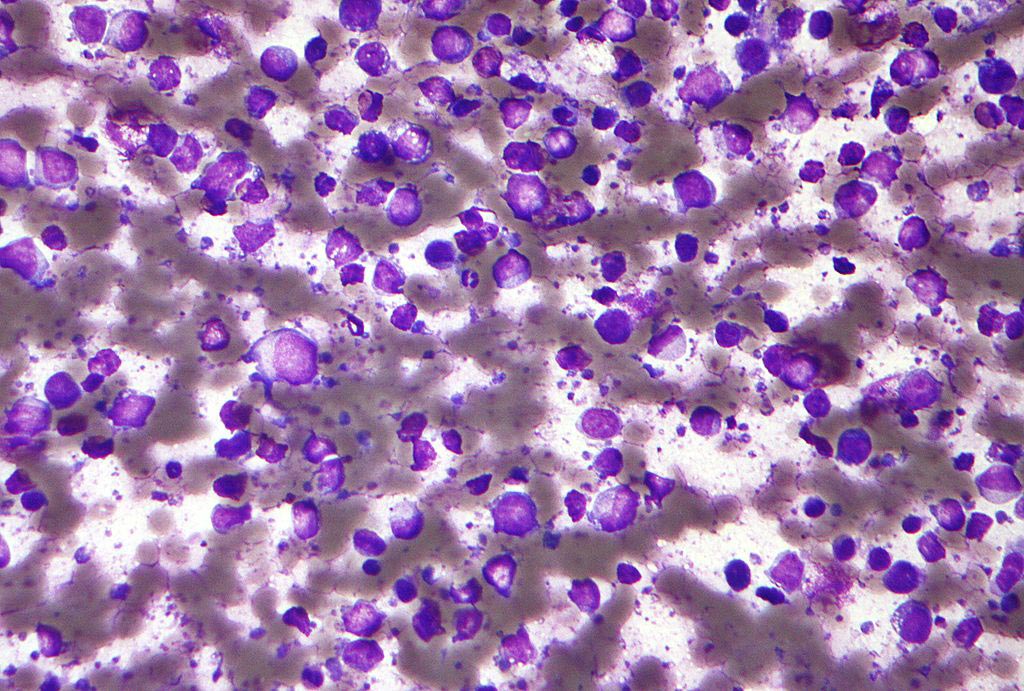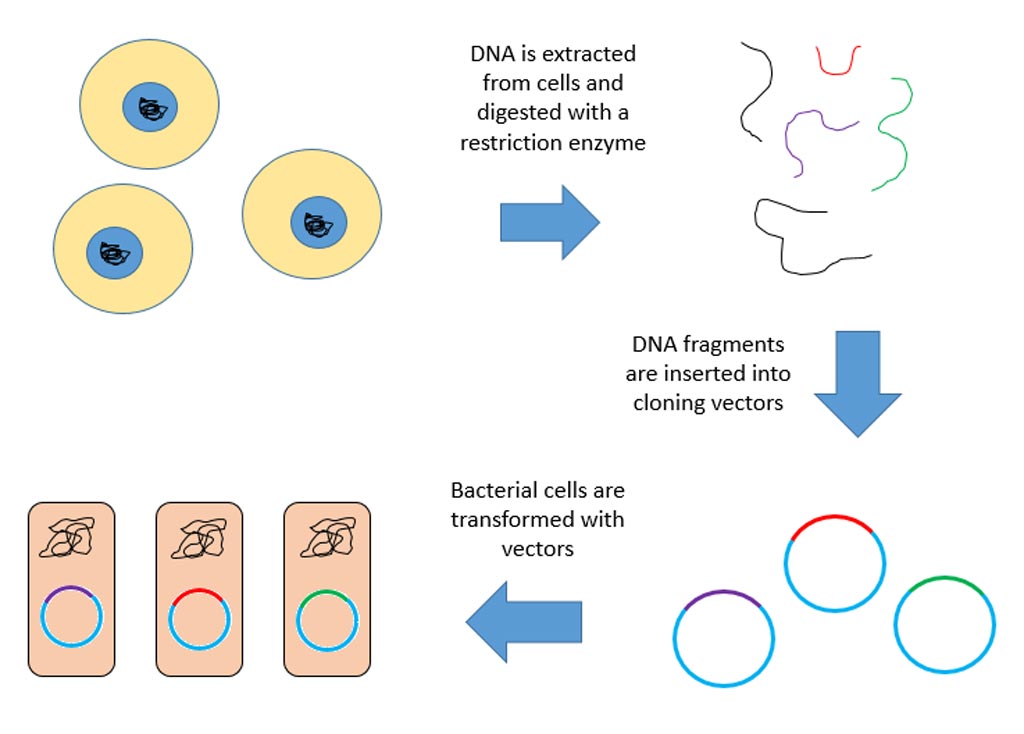Naturally Derived Plant Compounds Protect Skin during Cancer Radiotherapy
By LabMedica International staff writers
Posted on 07 Aug 2014
Plant-derived natural compounds may provide protection to the skin from the damaging effects of gamma radiation during cancer radiotherapy, according to new research.Posted on 07 Aug 2014
Radiotherapy for cancer involves exposing the patient or their tumor more directly to ionizing radiation, such as X-rays or gamma rays. The radiation irreparably injures the cancer cells. Regrettably, such radiation is also harmful to healthy tissue, in particular, the skin over the site of the tumor, which is then at risk of hair loss, skin problems, and even skin cancer. Because of these disadvantages, finding ways to protect the overlying skin are being actively sought.
Writing in the August/September 2014 issue of the International Journal of Low Radiation, Dr. Faruck Lukmanul Hakkim, from the University of Nizwa (Oman) and Nagasaki University (Japan), and colleagues from Macquarie University (Sydney, NSW, Australia), Bharathiar University (Coimbatore, Tamil Nadu, India) and Konkuk University (Seoul, Republic of Korea), explained how three abundant and well-evaluated natural products derived from plants can protect the skin against gamma radiation during radiotherapy.
Dr. Hakkim and colleagues discussed in their article the benefits of the organic, antioxidant compounds caffeic acid (CA), rosmarinic acid (RA), and trans-cinnamic acid (TCA) used at nontoxic concentrations. They assessed the radio-protective effect of these compounds against gamma-radiation in terms of reducing levels of reactive oxygen species (ROS) generated in skin cells by clinical relevance dose of gamma ray in the laboratory and in terms of the damage to the genetic material DNA, specifically double strand breaks in laboratory samples of human skin cells (keratinocytes).
The investigators discovered that treating the human skin cells with CA, RA, and TCA can protect the cells by 40, 20, and 15%, respectively, from gamma ray toxicity. The scientists suggested that the protective effect occurs because the compounds soak up the ROS and chemically deactivate them as well as enhancing the body’s natural DNA repair processes.
The investigators suggested that these compounds would be well-suited to be used as skin protectants during combination chemo- and radiotherapy. Further research is ongoing to study the clinical potential of mixtures of the three natural products.
Related Links:
University of Nizwa
Nagasaki University
Macquarie University




 assay.jpg)









